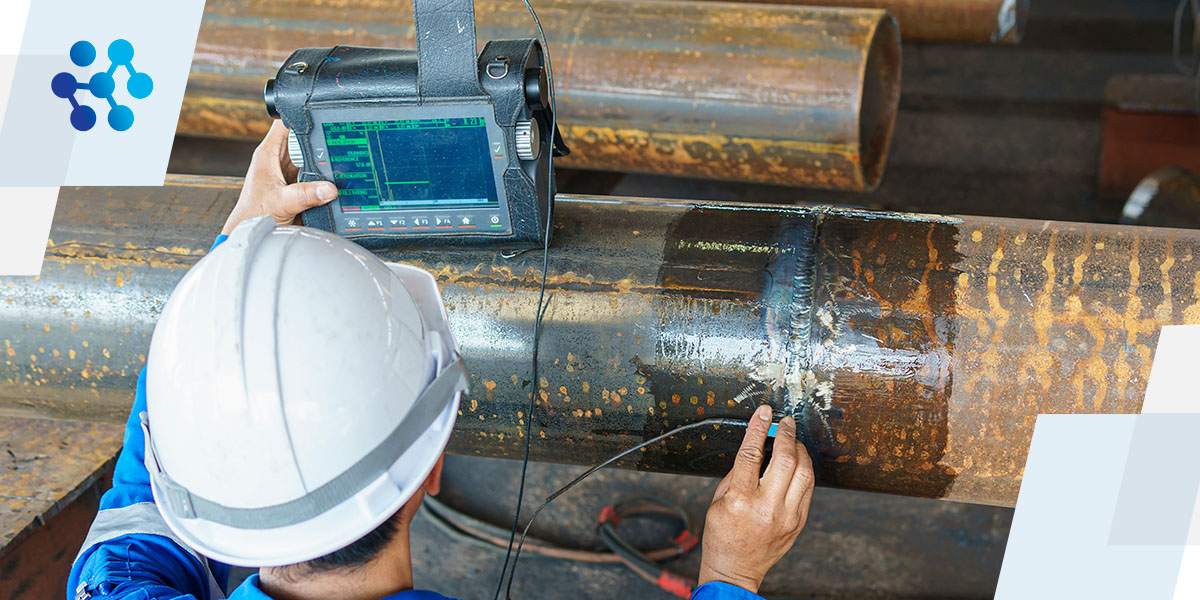Why Normal Tank Welding Inspection is Crucial for Structural Honesty
Why Normal Tank Welding Inspection is Crucial for Structural Honesty
Blog Article
The Crucial Duty of Storage Tank Welding Assessment in Ensuring Structural Integrity and Safety And Security Compliance in Industrial Applications
In the realm of commercial applications, storage tank welding inspection becomes a critical component in protecting architectural integrity and ensuring compliance with security guidelines. Utilizing a combination of strategies such as visual evaluations and advanced testing methods, these evaluations offer to recognize and minimize possible imperfections before they rise into considerable dangers. The effects of these practices expand past mere regulative adherence; they basically effect operational effectiveness and possession longevity. Nevertheless, the intricacies bordering the assessment process prompt a closer evaluation of its approaches and results, revealing layers of relevance that merit further expedition.
Relevance of Storage Tank Welding Assessment

Making sure compliance with industry standards and regulations is one more considerable element of storage tank welding examination. Regulatory bodies mandate stringent standards for the building and construction and maintenance of storage tanks, and complete evaluations help organizations adhere to these requirements. Non-compliance can result in extreme fines, consisting of penalties and closures, better highlighting the need for extensive assessment protocols.
Moreover, container welding assessment plays an important duty in maintaining functional efficiency. In summary, the relevance of tank welding assessment lies in its capability to secure public wellness, secure the setting, and make certain compliance with governing frameworks.
Secret Assessment Techniques
Effective storage tank welding inspection relies on a range of essential strategies that guarantee comprehensive assessment of weld high quality and structural honesty. Among the most widespread methods are visual examination, ultrasonic testing, radiographic testing, and magnetic particle testing - Tank Welding Inspection. Each approach offers unique benefits in assessing various elements of the weld
Visual inspection acts as the very first line of defense, permitting examiners to determine surface flaws, irregularities, or disparities in the weld grain. Ultrasonic testing employs high-frequency audio waves to spot internal imperfections, such as splits or spaces, supplying a thorough assessment of weld integrity. This method is especially effective in detecting concerns that might not be noticeable externally.
Radiographic testing utilizes X-rays or gamma rays to generate pictures of the welds, revealing internal stoppages and offering an irreversible document for future referral. This technique is highly effective for crucial applications where the threat of failing should be lessened.
Lastly, magnetic bit screening is employed to determine surface area and near-surface issues click here for info in ferromagnetic products. By applying electromagnetic fields and fine iron bits, examiners can identify gaps that could endanger the architectural integrity of the container. Together, these strategies create a durable framework for making sure top quality welds in industrial applications.
Compliance With Safety And Security Specifications

Regular examinations play a pivotal role in making certain conformity by determining potential failures or deviations from recommended criteria. Examiners are trained to assess weld top quality, validate material specifications, and examine the general structural integrity of containers. Their expertise is vital in making certain that welding processes satisfy the called for safety criteria.
Furthermore, conformity with security standards not only protects workers yet also safeguards the atmosphere from possible risks such as visit leakages or visit homepage catastrophic failures. Organizations that prioritize security conformity are much better positioned to reduce threats, enhance operational effectiveness, and cultivate a culture of security within their labor force. In recap, maintaining rigorous compliance with security criteria is indispensable for the effective operation of container welding activities in commercial setups.
Advantages of Normal Evaluations
Routine assessments are essential to keeping the architectural integrity and security of bonded containers. These examinations give a systematic method to determining potential defects or weak points in the welds, guaranteeing that any kind of concerns are dealt with prior to they rise right into substantial failings. By conducting normal assessments, organizations can spot rust, tiredness, and various other types of damage that might jeopardize storage tank efficiency.
In addition, constant inspections add to conformity with sector policies and requirements. Sticking to these guidelines not only reduces lawful dangers but also boosts the organization's credibility for safety and security and integrity. Regular inspections cultivate a proactive safety culture, motivating employees to acknowledge and focus on the importance of devices integrity.

Study and Real-World Applications
Situation research studies and real-world applications show the tangible influence of efficient storage tank welding examination methods. Following the implementation of strenuous welding inspection methods, including aesthetic and ultrasonic testing, the facility determined critical defects in weld seams that might have led to disastrous failures.
Similarly, a water treatment plant carried out a comprehensive inspection program for its tank welding operations - Tank Welding Inspection. By incorporating non-destructive screening techniques, the plant had the ability to discover very early indicators of rust and exhaustion in weld joints. This prompt treatment extended the life-span of the storage tanks and guaranteed compliance with safety laws, hence safeguarding public health
These study emphasize the relevance of normal and organized storage tank welding inspections. By focusing on these methods, industries can minimize dangers, enhance architectural integrity, and guarantee compliance with safety and security criteria, inevitably leading to boosted functional performance and reduced responsibilities.

Final Thought
In final thought, tank welding assessment is an essential component of keeping structural integrity and security in commercial applications. Utilizing different evaluation techniques guarantees very early detection of potential flaws, thereby preventing devastating failings.
Report this page